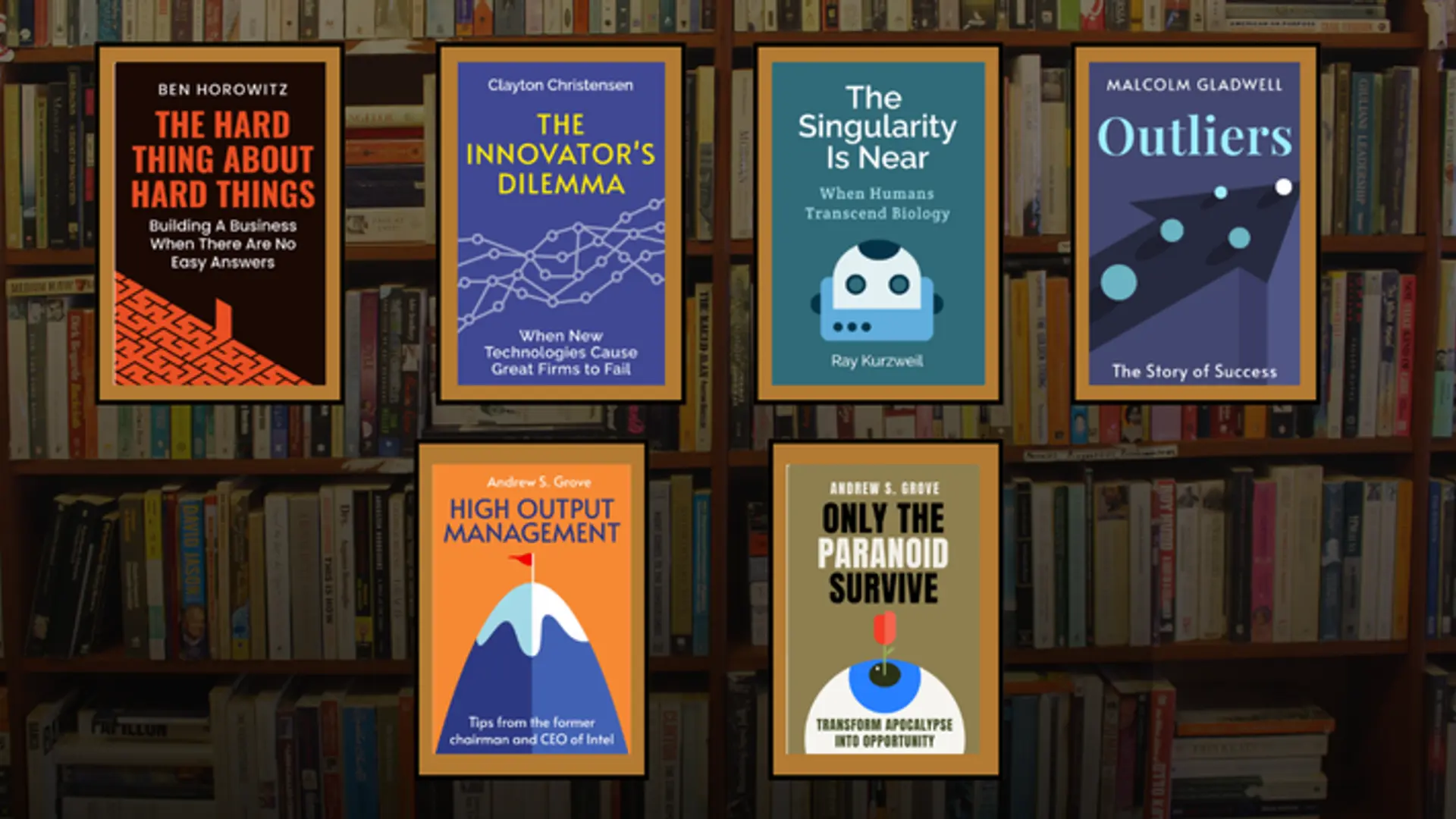Citi Bike: Going for the customer’s sweet spot

Most marketing and branding teams look to spend their budget on promoting the offering, brand, and/or firm. The problem is that their targets are not interested in their offering, brand or firm. And as a result, the payoff is disappointing and the social amplifying potential is non-existent.An alternative is, instead, to look to what the target customers are interested in - what they talk about, how they spend their time, and what represents their values and lifestyle. I call that the customer sweet spot. Think of Pampers Village or Sephora’s BeautyTalk. And Citi Bike!
Launched in May 2013, Citi Bike is a program that put 10,000 cobalt blue three-speed bicycles with puncture resistant tires into some 600 stations all around New York City. It means that the Citi brand is pervasive in New York and, better yet, is seen on something innovative, even trendy. So trendy that Bruce Willis rode a Citi Bike onto the stage of David Letterman’s Late Night Show. So trendy that Jon Stewart had a field day ridiculing people with the temerity to criticize the program. There’s no apparent downside: fewer cars, less pollution, good exercise, access to neighborhoods far from public transportation, no taxpayer money involved…and don’t underestimate the cool factor.
The program is not only cool, but also successful. During the first five months of the program more than 90,000 people bought annual passes for $95 and five million trips were made, over nearly ten million miles, way over projections. And what a shot in the arm for the Citi brand that had endured considerable bad press in the aftermath of the financial crisis. In just over two months, Citibank impressions in the New York market surged. They were seen as an innovative company (up 12 points), a socially responsible company (up 12 points), an organization “for people like me” (up 14 points), and “regarded favorably” (up 17 points).
5 observations around the success of the Citi Bike program:
- The bike program changed the Citi conversation to something positive, and it energized the brand. And it only cost a mere $41 million, which is considerably less costly than buying the naming rights to the New York Mets baseball stadium ($10 million a year for 20 years) and much more impactful.
- The “sweet spot” is not at all related to banking. There is an assumption that there needs to be a link between the program and the brand. Not so. It is much more important to find a “sweet spot” activity that is fresh, involving and close to the core of a person’s values and lifestyle than to find one that “fits” the brand. There is little fit between Avon’s Walk for Breast Cancer and their line of cosmetics, which one of the greatest “sweet spot” programs ever.
- The link to the brand through the name is a huge factor. Citi Bike seems like a play on the name Citibank. It is much better than Citibank Bikes. The name plus the color means that a connection will be made.
- No doubt that there are many anti-big bank, pro-sustainability people in Citibank’s target market. This program has the potential of softening if not diverting the negativity toward Citibank of this group.
- It does have risks. What if some serious accidents occur? How will the program live over time, especially when the bikes aren’t new and shiny anymore and the program is no longer a novelty? Citibank should attempt to reduce those risks. For example, perhaps some safely programs or rules could reduce the accident risk. Or a website with suggestions for rides could provide ongoing energy. Now is the time to think of risk reduction, not after a problem has arisen.
Think beyond your offering, brand and firm. Look to customer sweet spots that matter and involve.
This post is republished from David Aaker's blog http://www.prophet.com/

About the guest author A recognized authority on brands, David Aaker is Vice Chairman of Prophet and consults exclusively for Prophet clients. He is the creator of the Aaker Model™ and has published more than 100 articles and 15 books. You can follow him on Twitter @davidaaker







